hoz53
Gold $$ Contributor
this barrel is ready for the bone pile anyway, so I’m just trying to learn something before it goes. What is that ring with the cracking in it at the neck/leade junction. Is it firecracking or a carbon ring? Looks like steel to me and I did clean the heck out of it. Oh and the brass color of the ring I believe is light reflection. Thanks
Attachments
-
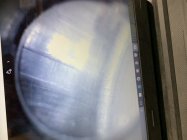 DB670B90-F5B1-417F-97C1-B7C58FDC8C46.jpeg65.9 KB · Views: 339
DB670B90-F5B1-417F-97C1-B7C58FDC8C46.jpeg65.9 KB · Views: 339 -
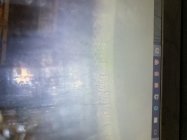 A34FBBC0-13DB-4F31-8BA6-2B435339718B.jpeg68.7 KB · Views: 324
A34FBBC0-13DB-4F31-8BA6-2B435339718B.jpeg68.7 KB · Views: 324 -
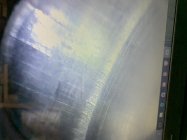 305B4677-D7B3-46AB-949A-5F185787075E.jpeg71.4 KB · Views: 306
305B4677-D7B3-46AB-949A-5F185787075E.jpeg71.4 KB · Views: 306 -
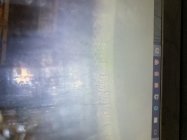 38AE0CFF-67FE-452C-8614-FC877D39E989.jpeg68.7 KB · Views: 280
38AE0CFF-67FE-452C-8614-FC877D39E989.jpeg68.7 KB · Views: 280 -
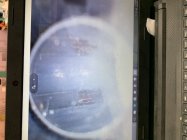 0DC87CD4-6F6E-4AAB-A94D-FF9D47554482.jpeg70.3 KB · Views: 337
0DC87CD4-6F6E-4AAB-A94D-FF9D47554482.jpeg70.3 KB · Views: 337
Last edited:










